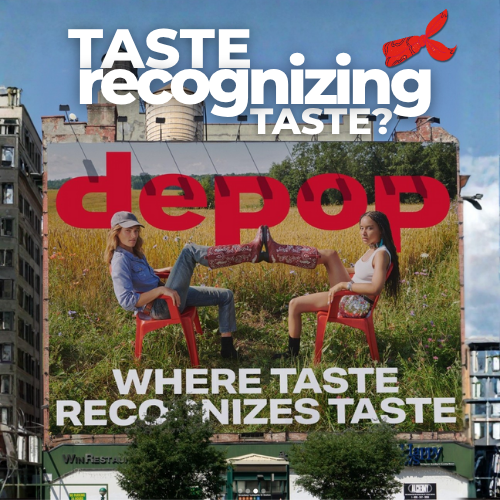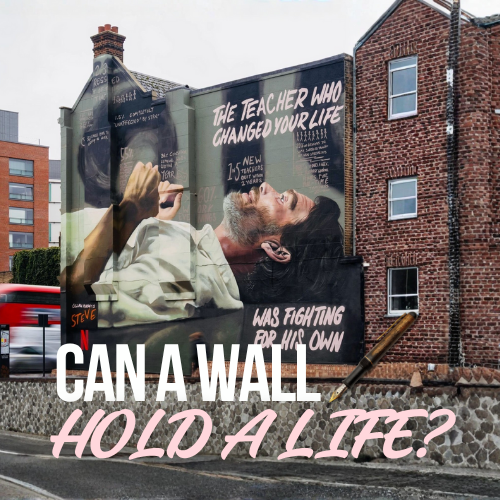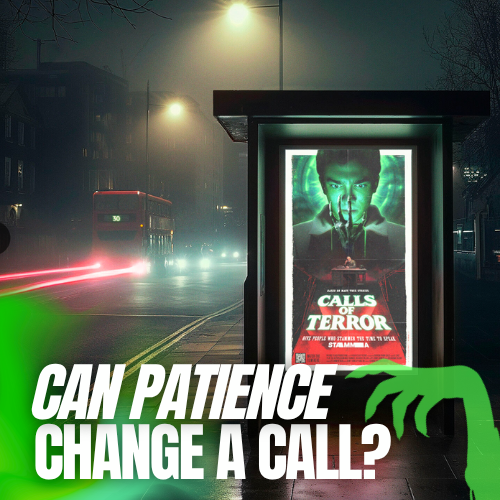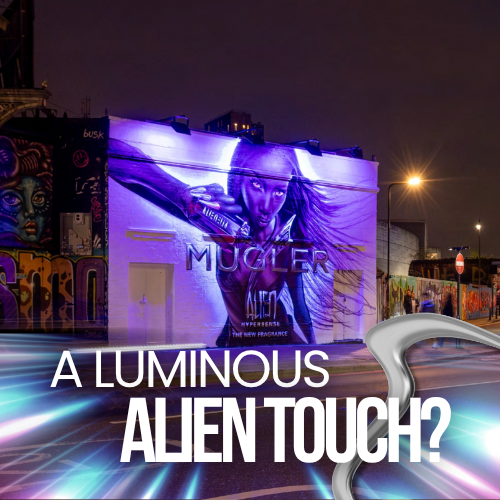Depop Doppelgänger 👥
Uncommon New York’s latest outdoor work for Depop launches the brand’s biggest U.S. campaign to date—pushing resale fashion into the cultural mainstream, where taste recognizes taste.
Why does ‘Doppelgänger’ matter for resale fashion?
By spotlighting lookalike style moments, Depop frames secondhand as first-choice fashion. The idea recasts resale from a thrifty alternative into a cultural signal of taste and discovery.
How does the creative bring “taste recognizes taste” to life?
Mirrored styling, twin pairings, and side-by-side compositions dramatize recognition in the wild—when someone’s fit instantly feels familiar. It’s a social spark that powers Depop’s community.
What formats are used in the OOH rollout?
A multi-format mix—wildpostings, street furniture, transit, and DOOH—maximizes frequency and citywide presence. Creative variations keep the recognition mechanic fresh across placements.
Why does OOH fit Depop’s community story?
Like high-impact OOH, Depop’s marketplace thrives on visibility and talkability. City surfaces create repeated encounters that fuel word-of-mouth and organic reach beyond billboards.
Whether it’s an old jersey with a new lease on life or red cowboy boots that somehow suit everyone, ‘Doppelgänger’ turns everyday sightings into invitations to discover—and resell—great taste.
FAQs about this campaign
What is Depop’s ‘Doppelgänger’ campaign?
A nationwide OOH effort by Depop and Uncommon New York that spotlights lookalike style moments to normalize resale fashion.
Why ‘taste recognizes taste’?
The idea celebrates how people instantly recognize shared taste—connecting style twins and the culture of resale discovery.
Where is the OOH running?
Across key U.S. cities with street-level posters, transit placements, and digital screens to maximize cultural reach.
How does it relate to OOH/experiential?
The campaign uses city surfaces to spark recognition and word of mouth—hallmarks of OOH’s frequency and cultural impact.
Bring your idea to breakfast-time OOH
Explore formats that meet audiences in morning routines and commuter corridors.



